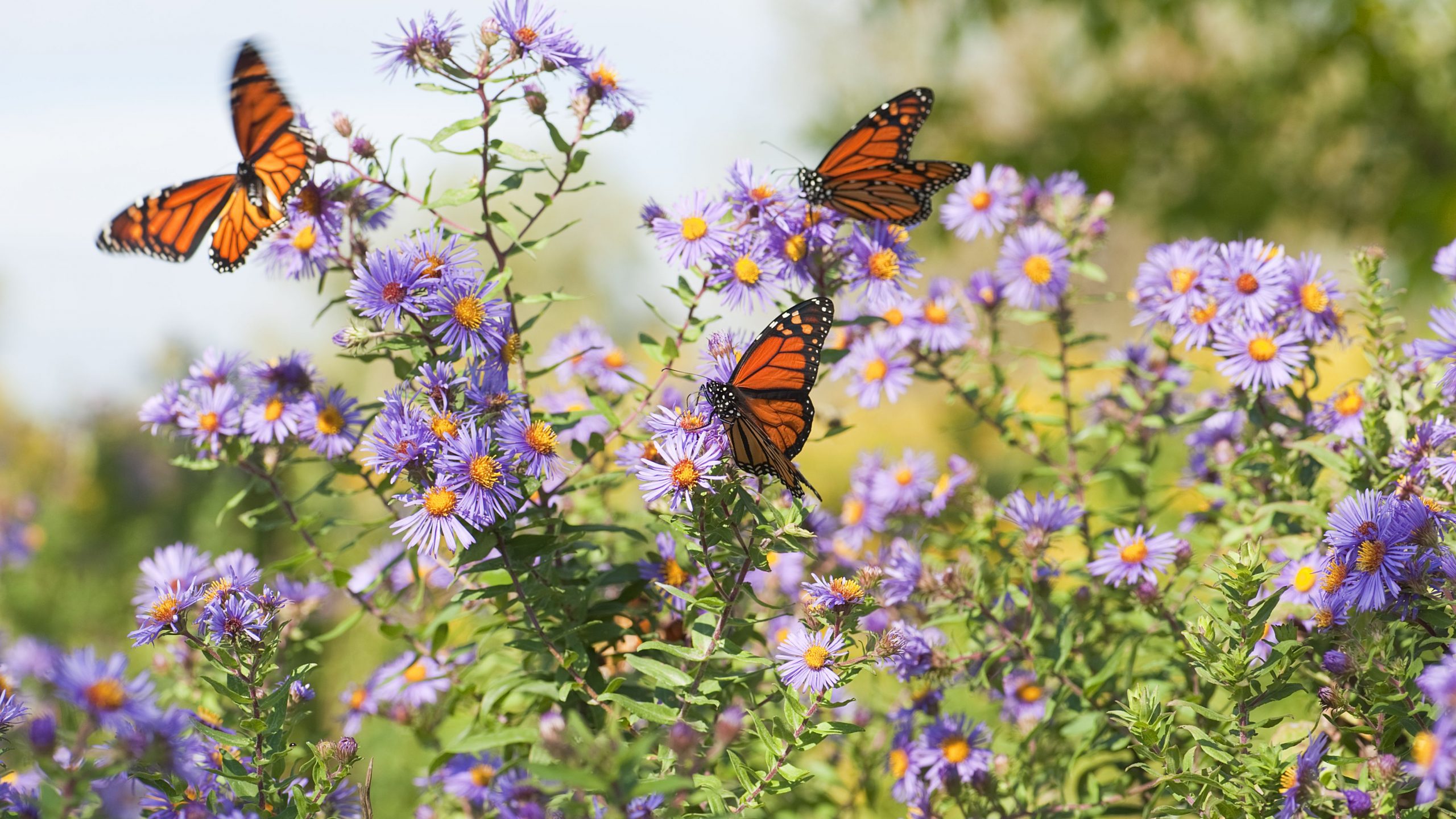We are sure you have heard the adage that April rains bring May blossoms. They do, however, generate snow mold! Every springtime, as the ice melts, your attractive lawn becomes subject to unattractive fungi.
This is especially prevalent if you reside in a snowy tundra and your field is pretty awesome grasses such as Kentucky bluegrass, longstanding ryegrass, or medium or tall fescue.
What is Snow Mold, and How Does It Affect You?
Snow mold is a fungal grass illness that appears just after ice melts in the springtime. Pink fungus (perhaps more harmful) and grey fungus are the two types.
Snow mold can kill small sections of grass, and its fungal properties may trigger allergic reactions in certain people.
How Can You Prevent Snow Mold From Developing?
The ultimate trick to eradicating snow mold is to prohibit it from forming in the very first place, as you’ve surmised. Here are some safety tips for getting your lawn ready for the snowfall in the season.
Trim your lawn before the first snowfall. So that the vegetation and soil absorb less rainwater, cut the lawn a little shorter than usual. Consider putting your yard clippings in bags, so they do not stay soggy on the surface.
Apply a fungicide as a prophylactic measure. If you believe your field is prone to snow mold, use a specific solution to treat that before the heavy snowfall arrives. You can contact your residential pest control services to help you with that.
Make certain that your yard has adequate drainage. Fill up any low places with topsoil wherever water collects, as this can serve as a breeding place for snow mold.
In the late fall, do not fertilize. Cool-season grasslands go inactive in the wintertime, allowing grass shafts to dry out, rendering them less sensitive to mold. In the springtime, they will inevitably resurrect. Fertilize about six weeks before the first forecast snowfall to avoid interrupting this procedure.
Do not allow leaves or snowfall to accumulate. Gather up leaf heaps in the late autumn since anything which traps humidity is harmful to grass. Likewise, while shoveling pathways or sidewalks, avoid creating big snow heaps that will take a lot of time to defrost.
How to prevent the unnecessary attraction of butterflies?
Pesticides can only be used if they are essential to maintain vegetative growth. You can talk to your nearby residential pest control services for more information. Protective cover sprinkles, in which insecticides are sprinkled on a schedule numerous times a year, have been demonstrated to cause more pest issues than they alleviate. For more updates,
When pesticides are applied, infestations of predatory mites, butterflies, and whiteflies are typical. Spray just one plant at a period, and only when necessary.
Choose pesticides that are extremely specific to a single insect species and have little toxicity for these other insects, such as pollinators. The residential pest control services can help you select the less toxic pesticides for your plants.
Horticultural oil refers to a variety of oils used to control pests on plants with the help of residential pest control services accessible for every individual.
Also Read About: Unforeseen Consequences for Your Residence




